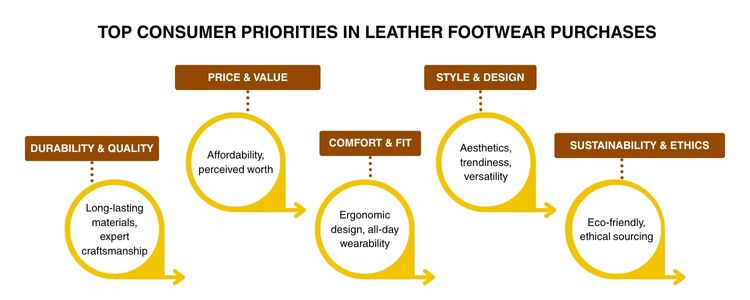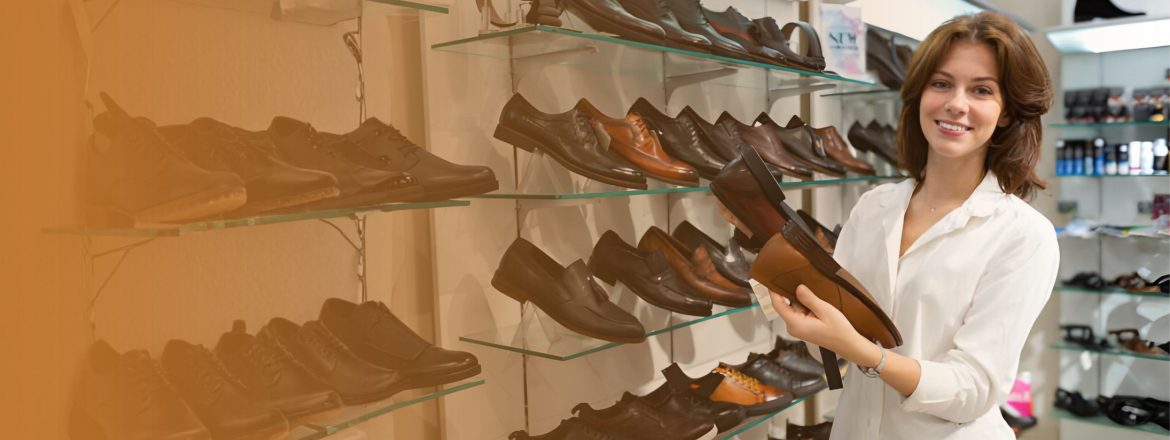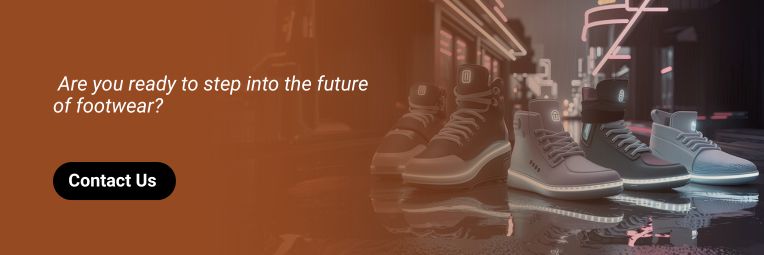Leather Footwear Trends Every Retailer & Distributor Should Know in 2025
The global footwear sector heads into 2025 with significant momentum fueled by changing consumer requirements, sustainable activities, and expanded capabilities in manufacturing. Central to the transformation is Leather Footwear, a segment that has managed to maintain a legacy of prestige while adapting to evolving economic, social, and environmental realities. For retailers and distributors, an understanding of these shifts is no longer a question of choice; it’s a condition of existence. Whether luxury sourcing or sustainable alternatives, the sourcing guide provides context for what luxury leather looks like in the footwear trade this year.
Leather Footwear: A Market Overview
Leather has always represented durability, artistry, and aspirational worth. Despite competition from synthetic alternatives, Leather Footwear holds its ground through a deep-rooted sense of timelessness and integrity.
In 2025, the global leather footwear market is expected to grow steadily as a result of
- Growing middle-class incomes in Asia and Africa
- Continued devotion to the acquisition of luxury products in Europe and North America
- Growing awareness of eco-friendly production processes
Those retailers and distributors who adapt both position themselves for deeper engagement in mature and emerging markets.
Key Trends Shaping Leather Footwear in 2025
- Sustainable Leather Footwear on the Rise
Sustainability is no longer just a buzzword but rather a parameter to evaluate any sourcing category. We continue to see more investment pouring into eco-tanning and water conversion, as it relates to the production process, and biodegradable packaging in support of sustainable leather footwear. Sustainable leather footwear is appealing to consumers who are more conscientious of the world they live in, and are looking to know where materials are sourced from, and what practices and systems were deployed in manufacturing.
- Luxury Leather sourcing beyond Europe
In the past, luxury leather sourcing was synonymous with Italy and France. Though global sourcing networks continue to expand, we see countries such as India making large investments in units to process leather that meets the premier global luxury status. This could create the opportunity for distributors to enter a premium leather sourcing market with the flexibility of accessing high-quality leather at competitive prices.
- Digitization in Retail
Retailers are investing in and implementing virtual-fit rooms, an AI-based demand forecasting system, and blockchain for traceability in the supply chain. The emergence of digital-first strategies is improving the customer experience while reducing returns and improving accountability in the supply chain.
- Policy And Regulatory Changes
In India, a change in procurement policy has placed higher scrutiny on environmental compliance and ethical practices. Other regulatory structures are continuing to evolve in other parts of the world and contributing to shifts in trade flow. Consequently, businesses or persons involved in the trade of leather goods must be kept current with the shifts in local and global policy and regulations.
5. Diversification of Distribution Channels
From high-street boutiques to online marketplaces, the growth of omnichannel retail is changing the way Leather Footwear gets to the end consumer. Distributors need to adapt to hybrid models that balance a wholesale business with an e-commerce business.

The Role of Global Sourcing Companies
It can be difficult to work through a fragmented leather supply chain. Sourcing service companies serve an important function in connecting retailers with regulated suppliers with guaranteed quality, compliance, and logistical management. Furthermore, a well-respected global leather sourcing company in India is increasingly being preferred by international brands, offering scale and cost efficiencies, as well as compliance with sustainability expectations. These firms help international brands implement better sourcing practices by creating cultural and logistical parity, expanding sourcing options without sacrificing reliability.
Consumer Behavior in 2025
Sustainability has transformed not only consumer habits but also international trade. Countries with rigid environmental laws across the globe are now requiring exporters to demonstrate proof of compliance.
Wholesale Footwear Suppliers UK networks are moving towards sustainable imports to fall in line with Britain’s rigorous sustainability commitments.
In the same vein, a Wholesale Footwear Supplier USA must work with consumer activism and green policies, where transparency in the source of the product is as important as design. At the same time, footwear export from India is developing as companies seek sustainable processes to remain competitive in the markets. All of these changes illustrate that eco-friendly footwear is not simply a retail trend but a global trade requirement.
Challenges in the Leather Footwear Industry
While the prospects are abundant, the difficulties remain:
- Price Volatility: The changing price of raw leather affects your margins.
- Regulatory Uncertainty: You will need to continue to monitor global trade barriers and compliance with trade regulations.
- Competition with alternatives: Synthetic materials may be more affordable, but they are less sustainable.
- Supply Chain Transparency: It is difficult to maintain the reporting and tracking of the leather’s origin through the supply chain tiers.
Addressing these issues requires strategic foresight, sustainable relationships with suppliers, and technology investments.
Regional Outlook for 2025
- Europe: High demand for premium and sustainable footwear persists to dominate.
- North America: Digital-first retail strategies underpinned by eco-conscious consumers drive advancement.
- Asia-Pacific: Fastest growing market with rising disposable income and increased urbanization.
- Middle East & Africa: Increased appetite for aspirational luxury and mid-luxury collection.
Retailers and distributors need to modify product strategies and support accordingly based on regional scenarios.
Practical Insights for Retailers and Distributors
- Emphasize Sustainability: Incorporate sustainable capsule collections to meet the expectations of consumers and governing bodies.
- Utilize Data: Accurately predict demand to manage inventory and avoid excess production.
- Develop Supplier Networks: Work with local and global sourcing companies that have certification to help increase trustworthiness.
- Invest in Storytelling: Consumers appreciate a good story, emphasize heritage, craft, and sustainability.
- Diversify Channels: Combine wholesale relationships with a direct-to-consumer e-commerce option
Conclusion
As we make our way into 2025, Leather Footwear is at the again of a line of tradition and change. Established practices are offered within a framework of sustainability, providing for the same vast opportunities for retailers and distributors to find their niche within new trends. It is a dynamic and global market space where sustainability practices and new luxury markets are being developed outside of European borders. Success will come from changes in sourcing, e-commerce capabilities, and making sure consumer trust remains a priority. Those that are willing to adapt their business practices will not only carve out their own space within the Footwear Supply feel it should be waiting to welcome brands back to shoes and footwear, and to retailers interested in making a new investment in footwear and shoes with relationships with their customers.
Frequently Asked Questions (FAQ)
They are structured services to support businesses in finding, evaluating, and managing suppliers to optimize costs, quality, and compliance.
It provides access to competitive manufacturing capabilities while being able to adapt to changing consumer needs.
Pharmaceuticals sourcing is compliance-driven, and an acknowledgment is needed for rules and standards to be met that are often above safety regulations.
Agents act as intermediaries to find and connect businesses with reputable suppliers, negotiate pricing, lead times, and mailing logistics.
Agencies provide solutions from supplier vetting to managing compliance and scaling.
No, even small and medium-sized enterprises (SME’s) see great benefit, especially when growing internationally or within regulated industries.









